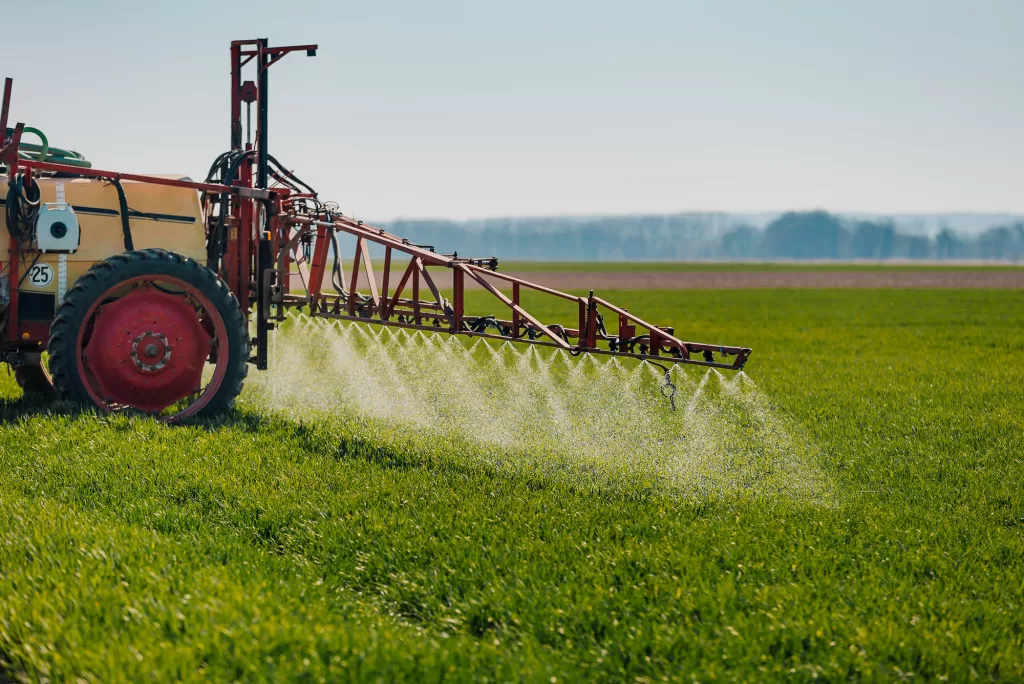What are Mycotoxins?
Mycotoxins are naturally occurring toxins that are produced by species of fungi, some of which are highly carcinogenic. Mycotoxins are a known risk within the food safety industry and have been linked to kidney and liver damage, reproductive disorders, and immune suppression. Cannabis plants and derived product can also be contaminated with mycotoxins during transportation, storage, and processing. When cannabinoids are extracted and concentrated from contaminated flower, the mycotoxins are also extracted and become more concentrated in the final product.
Why Analyze Cannabis for Mycotoxins?
Mycotoxins are extremely toxic and can cause a variety of adverse health threat. The threat posed by these toxins is greatest for the patients with pulmonary complications. A group of mycotoxins known as the aflatoxins are primary concern in cannabis. There are four forms of aflatoxins that are targeted for the analysis. These are aflatoxin G1, G2, B1, and B2. A fifth mycotoxin is ochratoxin A in which should be monitored. The FDA requires mycotoxin testing of the food supply, but until recently, there was no mycotoxin testing requirement for cannabis. New regulations by states are now requiring all cannabis products sold by licensed distributors to be tested for mycotoxins. These new regulations for mycotoxins establish maximum acceptable levels for several Aflatoxin variants and Ochratoxin A.
- Aflatoxins are a class of mycotoxins being produced by certain mold types, which grow on food products under unfavorable conditions. The most common microorganisms producing aflatoxins are Aspergillus flavus, Aspergillus parasiticus, Aspergillus nomius, Aspergillus toxicarius, but there are several other species. Aflatoxins have been named after Aspergillus flavus. We know about 20 naturally occurring aflatoxins.
- Ochratoxin A is a metabolite of some Aspergillus and Penicillium species. It is found as a contaminant of barley, corn, wheat, oats and coffee. It has also been found in meat, human blood and human milk.
How do we Analyze for Mycotoxins?
Our team identifies the presence and concentration of different Mycotoxins as total and individually, utilizing VICAM Series-4EX Fluorometer. These are reported as a dry weight-based concentration in ppb. Below are the list Mycotoxins that AccuScience reports ;
Total Aflatoxin (B1, B2, G1, G2) = 20 ppb Total Ochratoxin= 20 ppb
Individual Mycotoxins are measured on state-of-the-art Agilent Technologies 6470A Triple Quadrupole LC/MS/MS instrumentation.
What Sets us Apart?
We are committed to using the highest quality instruments and measurement techniques. We perform our water activity analysis with the Rotronic measurement Solution’s instrument, model # HC2-AW-USB-Set.
What Sets Us Apart?
Having the right equipment is critical, but it is only part of the equation, and the human element remains relevant and important. The AccuScience management team has more than 100 years of collective analytical testing experience, and we work in a testing facility set to the standards of ISO17025 for pharmaceutical and environmental laboratories. By strictly following these guidelines, we deliver the most accurate and legally defensible results in the industry.
Chemistry
 Aflatoxin B1 |  Aflatoxin B2 | ||
| CAS Number | 1162-65-8 | CAS Number | 7220-81-7 |
| Chemical Formula: | C17H12O6 | Chemical Formula: | C17H14O6 |
| Molar mass: | 312.277 g/mol | Molar mass: | 314.29 g/mol |
 Aflatoxin G1 | |  Aflatoxin G2 | |
| CAS Number | 1165-39-5 | CAS Number | 7241-98-7 |
| Chemical Formula: | C17H12O7 | Chemical Formula: | C17H14O7 |
| Molar mass: | 328.27g/mol | Molar mass: | 330.29 g/mol |
 Ochratoxin A | |||
| CAS Number | 303-47-9 | ||
| Chemical Formula: | C20H18ClNO6 | ||
| Molar mass: | 403.813 g/mol |








